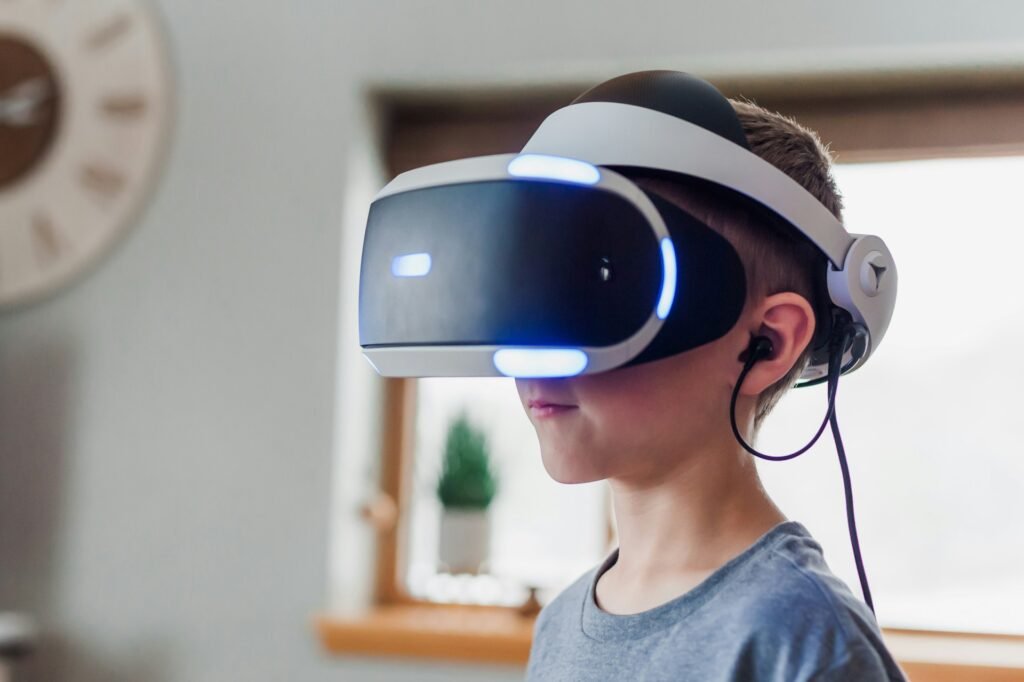Augmented Reality (AR) has revolutionized the way we perceive and interact with the digital world, seamlessly blending virtual elements with our physical environment. In recent years, the concept of Augmented Reality Vector has emerged, further pushing the boundaries of immersive experiences.
Understanding Augmented Reality
Augmented Reality refers to the technology that overlays digital information or virtual objects onto the real world. It enriches the user’s perception of reality by integrating computer-generated content with the environment. Initially popularized through smartphone applications and gaming, AR has evolved to find applications across various industries.
What is a Vector in Augmented Reality?
In the realm of Augmented Reality, a vector denotes the direction and magnitude of virtual objects in the augmented space. It serves as a fundamental component in positioning digital elements within the physical environment. By accurately defining vectors, AR systems can place virtual objects with precision, ensuring seamless integration and realistic experiences.
Applications of Augmented Reality Vector
Gaming
AR gaming experiences leverage vectors to place virtual characters or objects within the player’s surroundings, creating immersive gameplay scenarios.
Education
In educational settings, AR vectors facilitate interactive learning experiences by overlaying educational content onto real-world objects or environments.
Healthcare
Medical professionals utilize AR vectors for surgical planning, patient education, and visualization of complex anatomical structures, enhancing medical procedures and training.
Retail
Retailers employ AR vectors to offer virtual try-on experiences, allowing customers to visualize products in their own space before making purchase decisions.
Advantages of Augmented Reality Vector
Enhanced User Experience
AR vectors contribute to a more immersive and engaging user experience by precisely placing virtual content within the physical environment, blurring the lines between reality and digital elements.
Real-time Interaction
With accurate vector positioning, users can interact seamlessly with virtual objects in real-time, fostering dynamic and responsive experiences.
Improved Visualization
Augmented Reality enable the visualization of data, designs, and information in context, enhancing understanding and decision-making processes across various industries.
Challenges and Limitations
Despite its potential, Augmented Reality Vector technology faces several challenges and limitations, including technical constraints related to hardware capabilities, privacy concerns regarding data collection and security, and adoption hurdles stemming from user acceptance and integration issues.
Future Trends in Augmented Reality Vector
Integration with AI
The integration of Augmented Reality Vector technology with artificial intelligence algorithms is poised to revolutionize user experiences by enabling intelligent interactions and personalized content delivery.
Wearable Devices
The proliferation of wearable AR devices, such as smart glasses and headsets, will further enhance the adoption and accessibility of Augmented Reality technology, facilitating hands-free interaction and immersive experiences.
Spatial Computing
Advancements in spatial computing technologies will redefine how users interact with augmented content, offering seamless integration of virtual objects into the physical environment based on real-time spatial mapping and understanding.
Conclusion
Augmented Reality represents a significant advancement in immersive technology, offering endless possibilities for enhancing user experiences across various domains. As the technology continues to evolve and integrate with other emerging trends, we can expect even more transformative applications and experiences in the future.

